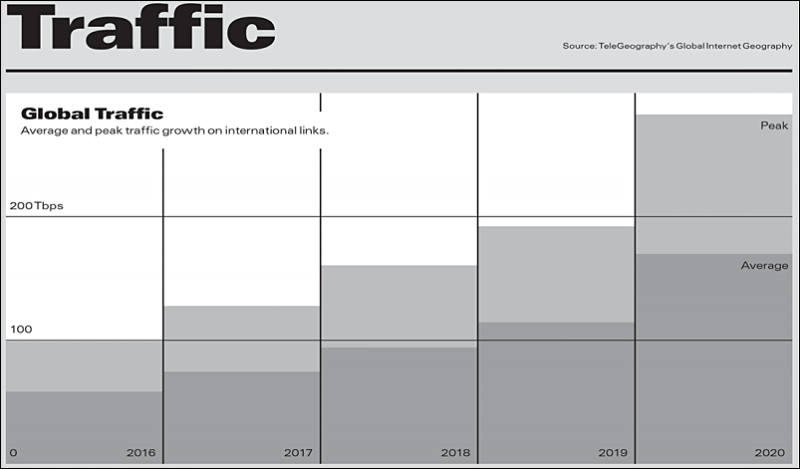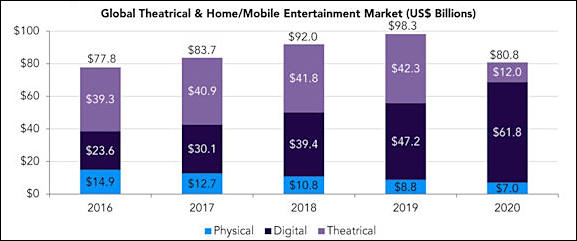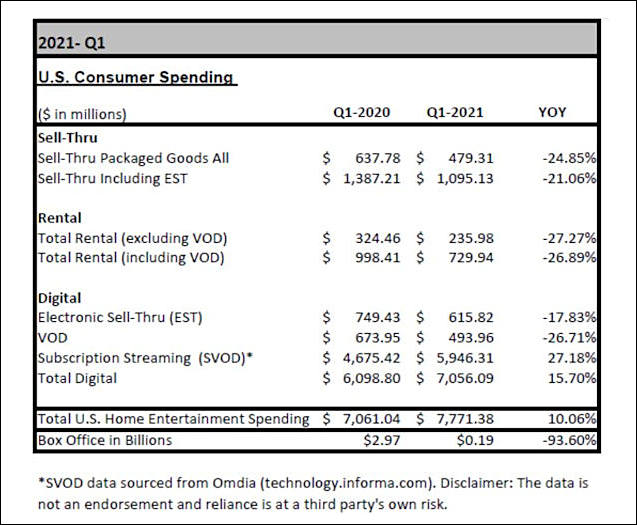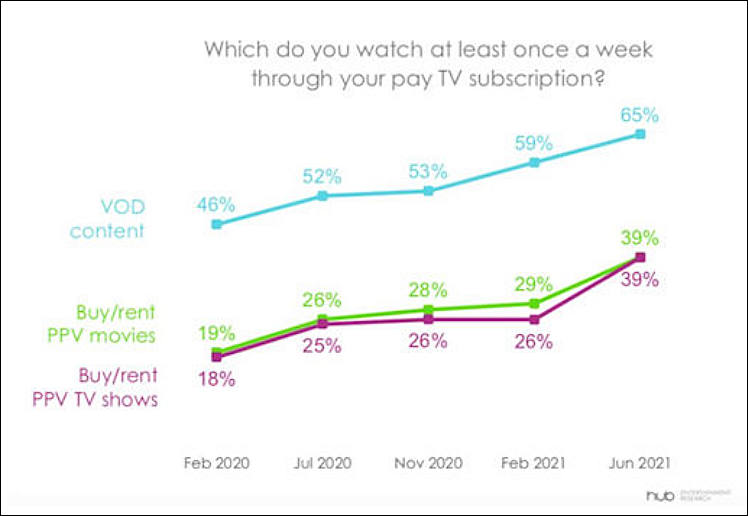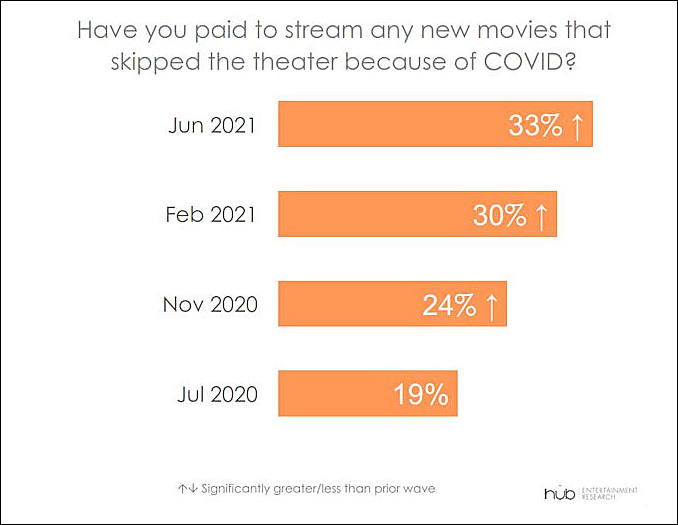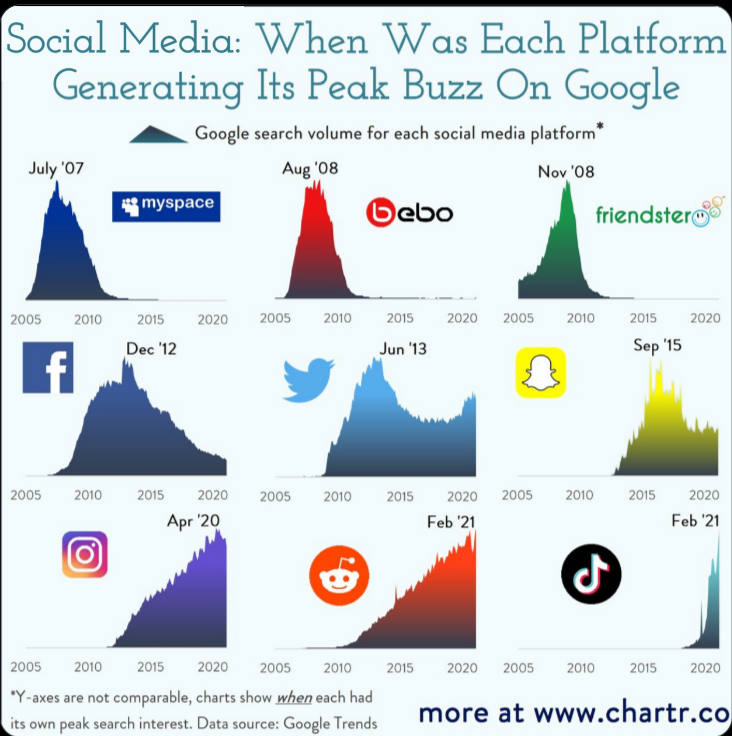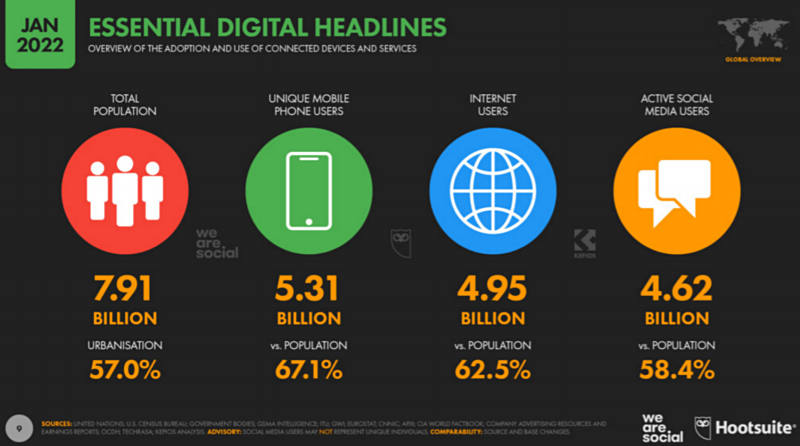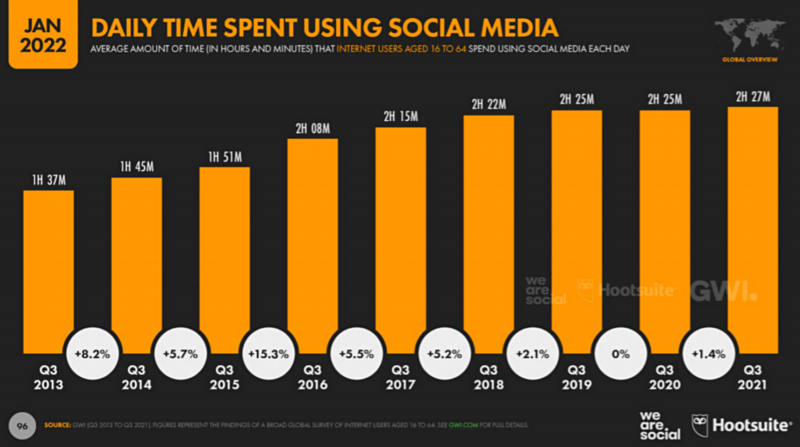
It allows to keep PV going, with more focus towards AI, but keeping be one of the few truly independent places.
-
Mohammad bin Salman, Saudi Arabia’s Crown Prince, made his country to acquire stakes in three major video game publishers. Recent SEC filings spotted by Bloomberg show that Saudi Arabia’s sovereign wealth fund, which bin Salman chairs, purchased more than $3.3 billion worth of shares in Activision-Blizzard, EA and Take-Two.
Note that SA usually just execute US orders in this regard, and US needed fresh nice money this year and it also helped rising stock bubble.
-
On situation with social networks in Mordor:
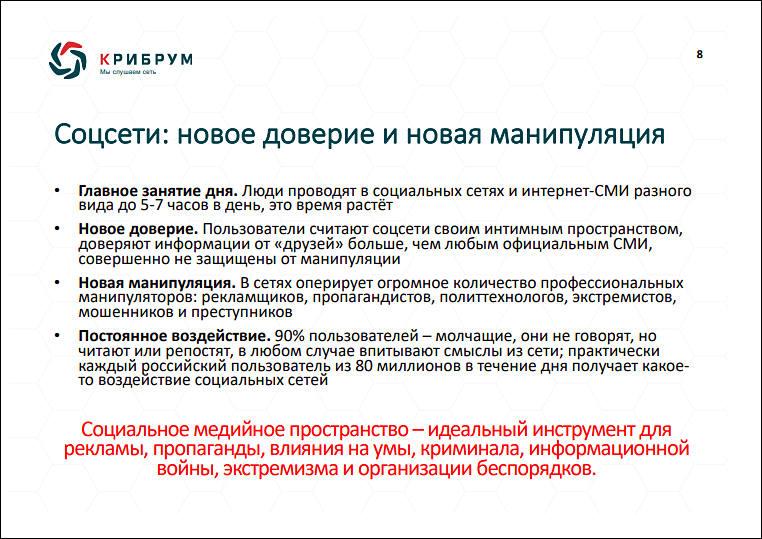

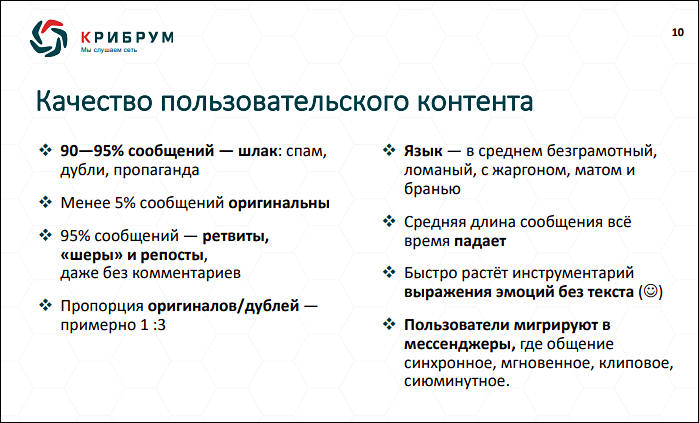

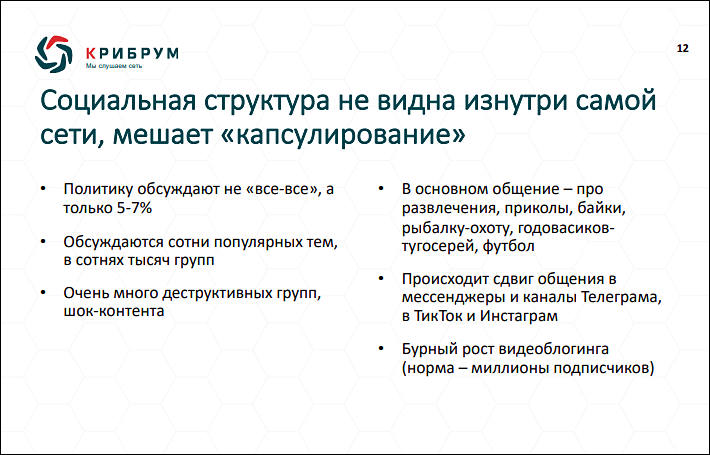






 sa16554.jpg762 x 539 - 119K
sa16554.jpg762 x 539 - 119K
 sa16555.jpg706 x 494 - 83K
sa16555.jpg706 x 494 - 83K
 sa16556.jpg699 x 423 - 70K
sa16556.jpg699 x 423 - 70K
 sa16557.jpg719 x 417 - 66K
sa16557.jpg719 x 417 - 66K
 sa16558.jpg710 x 455 - 68K
sa16558.jpg710 x 455 - 68K
 sa16559.jpg716 x 420 - 70K
sa16559.jpg716 x 420 - 70K
 sa16560.jpg704 x 506 - 100K
sa16560.jpg704 x 506 - 100K
 sa16561.jpg690 x 475 - 85K
sa16561.jpg690 x 475 - 85K
 sa16562.jpg706 x 483 - 93K
sa16562.jpg706 x 483 - 93K
 sa16563.jpg687 x 516 - 117K
sa16563.jpg687 x 516 - 117K -
It is real tragedy
The average U.S. consumer now has access to six different TV services, and is increasingly inclined to add more to ensure they can see the latest exclusive programming options. That’s according to Hub Entertainment Research’s annual Best Bundle study, which found consumers average 5.7 different services including OTT services, traditional pay-TV providers and over-the-air (OTA) broadcasts received via antennas.
The average number of TV service options climbed by one from a year ago, and has doubled since 2019.
The study also found four-fifths of TV consumers now use a streaming TV service. The number of viewers with traditional pay-TV services has declined by 7 percentage points from a year ago, while the number of viewers using any streaming service grew only 2 points over the same period.
Almost three-fifths of all TV consumers take two or more of the most popular subscription video on demand (SVoD) services, including Netflix, Amazon Prime, Hulu, Disney+ and HBO Max. The number of those with two or more of those services grew 8 percentage points, Hub found.
-
More on US streaming
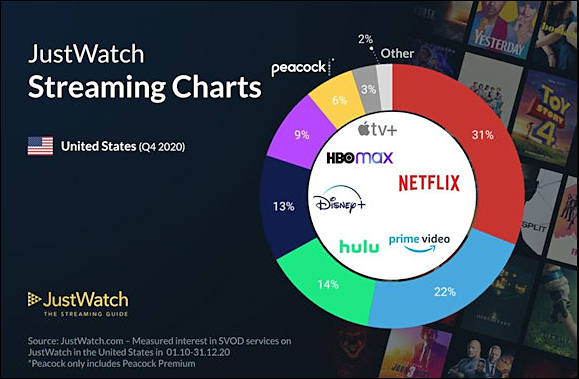
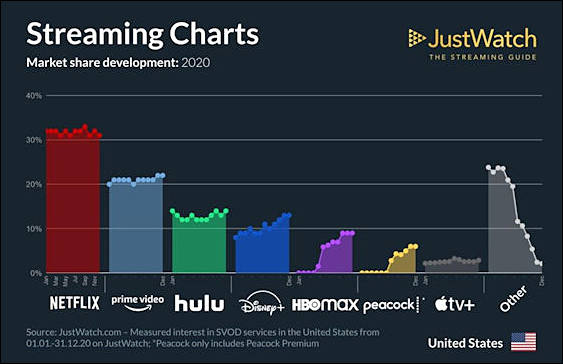

 sa17360.jpg579 x 379 - 39K
sa17360.jpg579 x 379 - 39K
 sa17361.jpg563 x 364 - 33K
sa17361.jpg563 x 364 - 33K -
Mordor dynamics of wideband internet
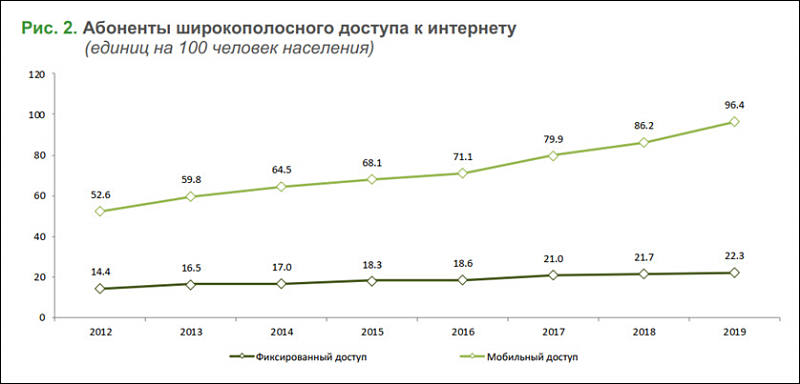
Note that fixed connection part is barely growing, but mobile one will be reaching 100% soon.
Of course it is shitty internet with big limits and with traffic cost around 100-200x of fixed one.
But media presstitutes tell you opposite thing - how modern is to visit all sites from totally tracked personal smartphone (and almost all of them don't have VPN installed even).

 sa17382.jpg800 x 384 - 32K
sa17382.jpg800 x 384 - 32K -
Russians spend an average of 5 hours a day in front of digital devices on work tasks and 3 hours on personal matters. Most of the time behind the screens of digital devices is spent by residents of the Central Federal District (7 hours a day), young people 18-24 years old (8 hours each), people with higher education (7 hours each), managers (8 hours each).
-
According to the survey results, in Russia the most popular social network was VKontakte (48%), as well as Instagram (39%), YouTube (34%), Odnoklassniki (32%) and TikTok (17%). The number of users of the worldwide popular Facebook, Twitter and some other networks can be disregarded, and many of the respondents do not use any platforms at all - 16% of all respondents.
-
Degradation will continue, prices will jump more
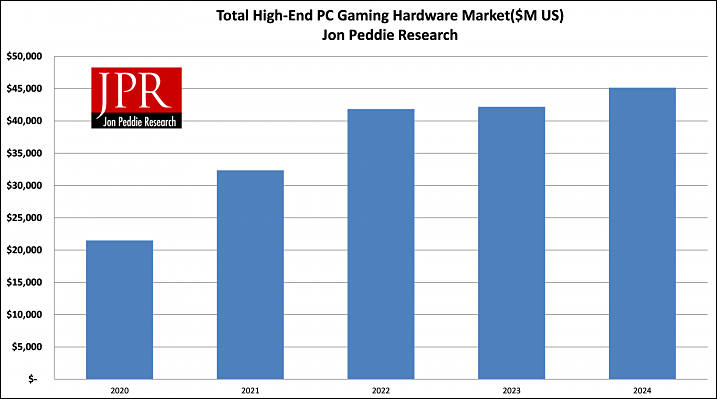

 sa17675.jpg717 x 399 - 38K
sa17675.jpg717 x 399 - 38K -
Some proper measures
The Chinese authorities have banned minors from appearing on streams, introduced responsibility for promoting Internet stars under 16.
Children are not allowed to participate in commercials that display wealth and worship of money or extravagance.
In addition, to stop spread of porn videos, the Chinese authorities ordered to cleanse social networks and instant messengers from content harmful to children. The platforms - Kuaishou (one of the TikTok analogues), the QQ messenger, the Taobao platform and Weibo (the Twitter analogue) - have been fined.
-
According to Mediascope, the Russians have not retained the habit of watching TV and video services for a long time, acquired during the pandemic and related restrictive measures. Thus, online cinemas, which received many new viewers with the onset of the pandemic, began to lose traffic and audience.
From the beginning of this year to August 7, the average daily time that residents of large Russian cities spend watching TV was three hours and 32 minutes. In 2019, over the same time period, this time was three hours and 36 minutes. That is, we have returned to the indicators relevant for the period preceding the pandemic.
In 2020, when severe restrictive measures were introduced throughout Russia, the average viewing time in January-August was three hours 55 minutes, and the peak indicators (fell on the lockdown from March 30 to June 8) were four hours and 12 minutes a day.
Numbers are still horrible, as people waste so much of their life on this shit.
-
According to the US Department of Labor, Americans with incomes above $ 50,000 a year play tennis, football, or do yoga in their spare time. Those who are even richer play golf. But the poorest part of the population often spends their free time in front of the TV or computer, playing games, listening to music and watching movies. And it’s much more pleasant to sit in front of the TV with a packet of chips, a bottle of soda and, preferably, a large delicious pizza.
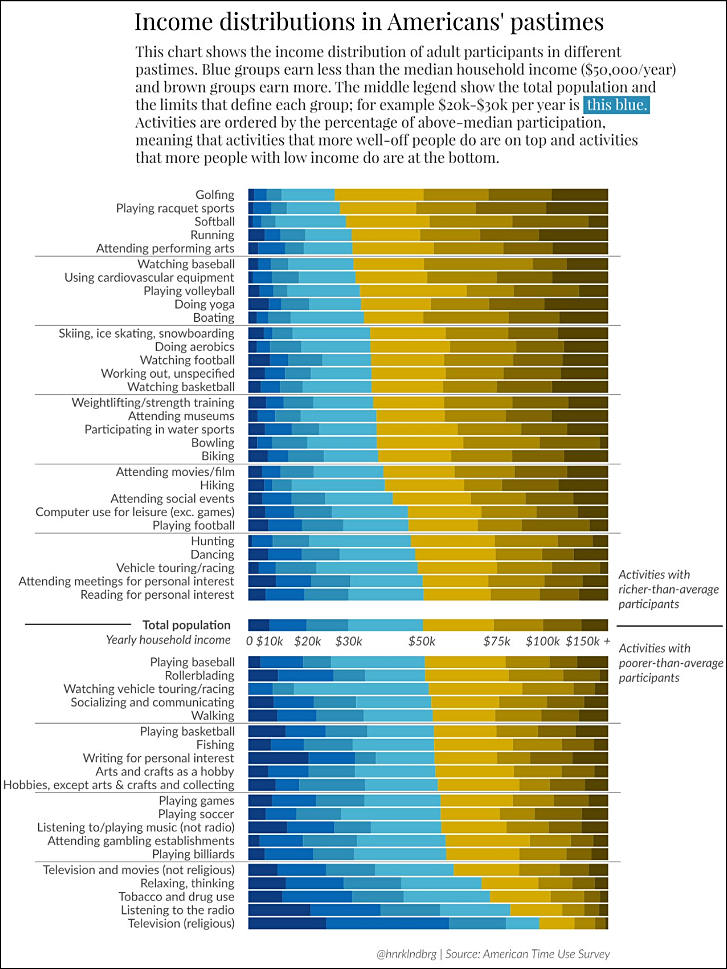

 sa18225.jpg727 x 969 - 162K
sa18225.jpg727 x 969 - 162K -
In an internal Facebook presentation, 13% of Britons and 6% of Americans cited Instagram as the cause of the problem among teens who reported suicidal thoughts. Also, 32% of teenage girls said that when they were in a bad mood, watching Instagram made them feel even worse. 14% of boys also complained about the deterioration in morale after watching the Instagram feed.
While Facebook has concluded that Instagram is not doing any measurable damage to the psyche of teens, according to the Wall Street Journal, the features the company has identified as the most harmful are key elements of the social networking business model. According to research, Instagram encourages users to view harmful content and is addictive. Moreover, all the key functions of a social network are combined in such a way as to cause addiction in the user.
According to Facebook, the company is working to minimize the harm done to Instagram. The company is even working on a version of the app for kids under 13. It's worth noting that Instagram's success is based on young users. More than 40% of the audience of the social network are people under the age of 22.
-
App Annie, a mobile data analytics platform, estimates that Russians spend an average of 4.3 hours daily on mobile apps. This is the eighth indicator out of sixteen countries analyzed. In the first place were residents of Indonesia, they spend 5.5 hours on their smartphones every day. The top three are Brazil with 5.4 hours of daily activity on smartphones and South Korea with 5 hours.
Smartphone is new TV, just content became even worse.
-
Social media usage started to decline
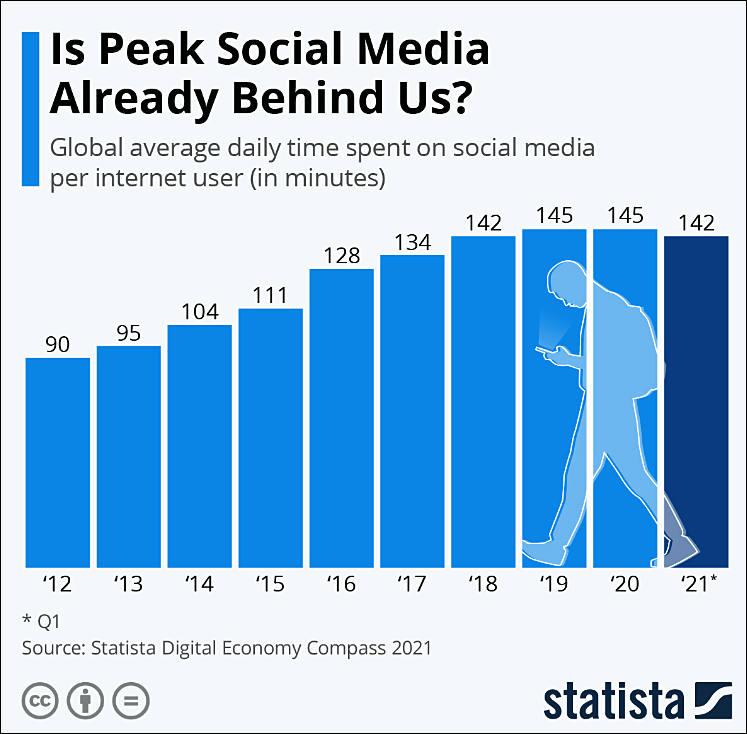

 sa18885.jpg747 x 734 - 82K
sa18885.jpg747 x 734 - 82K -
Mass media issues
Cable news networks were the main form of evening entertainment for millions of Americans last year. In 2021, weekday prime-time viewership dropped 38% at CNN, 34% at Fox News Channel and 25% at MSNBC, according to the Nielsen company.
The Trump era saw explosive subscriber growth for some digital news sites like The New York Times and Washington Post. Yet readers aren’t spending as much time there; Comscore said the number of unique visitors to the Post’s site was down 44% in November compared to November 2020, and down 34% at the Times.
-
The World Health Organization (WHO) has called video game addiction a disease.
It was included in the register of the International Classification of Diseases (ICD-11). An updated version of the document was published on the organization's website.
According to his classification, the disease was called play disorder. It is characterized by a constant or periodic loss of control over the time spent in video games. Also, the list of symptoms included a change in life priorities from everyday life towards games.
Symptoms can appear both constantly and intermittently. Doctors can make an appropriate diagnosis if they notice the harmful effects of video games on a patient for a year.
-
A study by Boston Consulting Group showed that Russia is among the top five countries in terms of the volume of game content consumed, but lags far behind the leaders in terms of the pace of its creation. The top 5 also included China, the US, South Korea and Japan.
The volume of the global gaming market by the end of 2021 amounted to a record $175 billion and will continue to grow at the level of 10% per year, according to BCG analysts. During the pandemic, stocks in the gaming industry have risen from 22% to 39%, and gamers have increased their spending on games (in the US, this figure rose by 75%). The number of people who consider themselves gamers has reached 3 billion people.
The study found that the gaming and esports sectors are more than twice the global combined box office revenue of cinemas, the entire music streaming and album sales market, and the budget of the world's five richest sports leagues combined.
And all this sectors must be destroyed and rebuild much smaller from scratch, time spent on games must be totally limited, if society want to move forward.
-
Good news - no more games sales in Mordor
Over the past year, the video game market in Russia was estimated at $3.4 billion, while demonstrating constant growth. Most of the revenue was generated by mobile games ($1.4 billion), followed by PC games ($1.2 billion) and console games in third ($864 million). Additionally, some industry representatives have decided to cut themselves off from the Belarusian gaming market, which is estimated at $101 million.
-
The largest U.S. pay-TV services cumulatively dropped about 4,690,000 net video subscribers in 2021, compared to a loss of 4,870,000 in the year prior.
That was the finding of a new study from the Leichtman Research Group, which also found that these top pay-TV providers, which cover about 93% of U.S. households, now account for about 76.1 million total subscribers
The top pay-TV providers now account for about 76.1 million subscribers. The top seven cable operators represent about 41.3 million, while other satellite and telco TV services account for about 26.8 million subscribers, LRG data indicates.
-
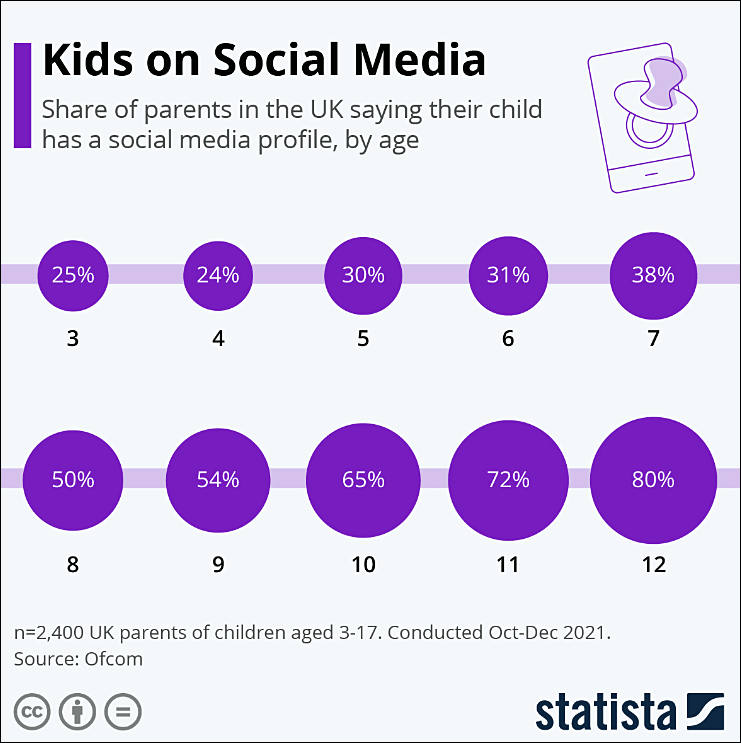
A quarter of 3-year-olds in the UK have a social media profile. This is according to a 2021 survey of parents by the UK communications regulator Ofcom. Despite most social media sites setting their recommended minimum age at 13, as much as 80 percent of 12-year-olds have some kind of profile and, as our infographic illustrates, at no age from 3 onwards are the figures below one quarter of all children included in the survey.
In terms of specific platform use, Ofcom states: "Children aged 8-11 were more likely to have profiles on TikTok (34 percent) and YouTube (27 percent). TikTok in particular is growing in popularity, even among the youngest age groups; 16 percent of 3-4 year-olds and 29 percent of 5-7s use the platform." Overall, of all children aged 3 to 17, YouTube is the most popular service (89 percent use it). While for some, the video sharing platform may not be considered a traditional form of social media, TikTok certainly is, and attracted 50 percent of UK 3-17-year-olds in 2021.

 sa7011.jpg741 x 743 - 76K
sa7011.jpg741 x 743 - 76K
Howdy, Stranger!
It looks like you're new here. If you want to get involved, click one of these buttons!
Categories
- Topics List23,990
- Blog5,725
- General and News1,353
- Hacks and Patches1,153
- ↳ Top Settings33
- ↳ Beginners256
- ↳ Archives402
- ↳ Hacks News and Development56
- Cameras2,366
- ↳ Panasonic995
- ↳ Canon118
- ↳ Sony156
- ↳ Nikon96
- ↳ Pentax and Samsung70
- ↳ Olympus and Fujifilm100
- ↳ Compacts and Camcorders300
- ↳ Smartphones for video97
- ↳ Pro Video Cameras191
- ↳ BlackMagic and other raw cameras116
- Skill1,960
- ↳ Business and distribution66
- ↳ Preparation, scripts and legal38
- ↳ Art149
- ↳ Import, Convert, Exporting291
- ↳ Editors191
- ↳ Effects and stunts115
- ↳ Color grading197
- ↳ Sound and Music280
- ↳ Lighting96
- ↳ Software and storage tips266
- Gear5,420
- ↳ Filters, Adapters, Matte boxes344
- ↳ Lenses1,582
- ↳ Follow focus and gears93
- ↳ Sound499
- ↳ Lighting gear314
- ↳ Camera movement230
- ↳ Gimbals and copters302
- ↳ Rigs and related stuff273
- ↳ Power solutions83
- ↳ Monitors and viewfinders340
- ↳ Tripods and fluid heads139
- ↳ Storage286
- ↳ Computers and studio gear560
- ↳ VR and 3D248
- Showcase1,859
- Marketplace2,834
- Offtopic1,320


